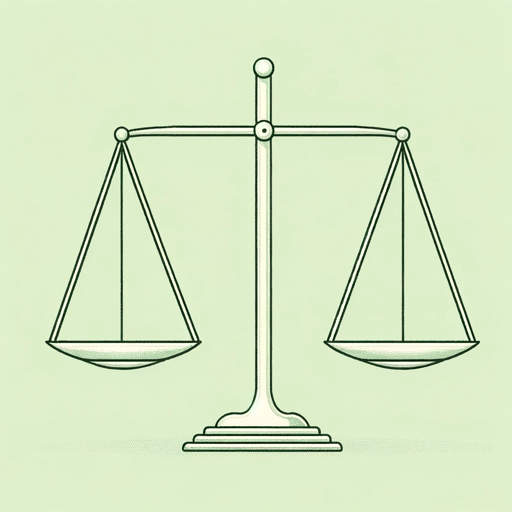60 pages • 2 hours read
Richard H. ThalerMisbehaving
Nonfiction | Book | Adult | Published in 2016A modern alternative to SparkNotes and CliffsNotes, SuperSummary offers high-quality Study Guides with detailed chapter summaries and analysis of major themes, characters, and more.
Summary and Study Guide
Overview
Misbehaving: The Making of Behavioral Economics (2015) by Richard H. Thaler is a seminal text in the realm of economics. Thaler, known for his work in behavioral economics, argues against the school of thought that suggests people, referred to in traditional economic models as “homo economicus” or “Econs,” make financial decisions based on logic and reason. Set against the background of Thaler’s own chronicles and inquiries, the book weaves a narrative that intersects economics with psychology, illustrating how human actions often flout standard economic principles. Belonging to the genres of economics and behavioral science, this work has been significant in forging a link between economic theories and the tangible nuances of human decision processes. It melds anecdotes, empirical experiments, and thoughtful observations to make intricate economic concepts accessible to a broad spectrum of readers. The author’s contributions have extended beyond scholarship, impacting policy formulation and business.
This guide refers to the 2015 edition W.W. Norton & Company e-book.
Summary
The book begins by critiquing conventional economic theories, contrasting them against the realities of human behavior. In the first chapter, “Supposedly Irrelevant Factors,” Thaler shares an experience from his tenure as an educator. He recounts administering a rigorous microeconomics test, which culminated in an average score of 72 out of 100. Despite explaining how these scores translated into the same grades as before—which were curved so that students would end up with a B or B+—students were unhappy. In response, Thaler recalibrated the total points to 137, and students ended up with an average of 96. Though the average was actually lower—70%—Thaler writes that students were “delighted” because the perceived average score was higher. The anecdote underlines the theme of “economic misbehaving,” showcasing the divergence of human actions from the conventional rational decision-making model ingrained in economic thought.
Thaler scrutinizes entrenched economic principles. In sections like “The Endowment Effect,” “The List,” and “Value Theory,” he examines human tendencies to irrationally appraise possessions, demonstrate inconsistent behaviors in day-to-day situations, and struggle with decisions in uncertain environments. These segments challenge the veracity of classical economic models, employing real-life examples to show how human behavior often strays from rational expectations.
Thaler transitions to sections with more practical orientations. “Save More Tomorrow” discusses innovative methods for augmenting retirement funds through behavioral insights. In “Nudging in the U.K.,” Thaler demonstrates how behavioral economics can effectively influence public policy, highlighting that modest modifications in approach can lead to substantial societal improvements. These chapters confirm the practicality and applicability of Thaler’s theories, mirroring his aspiration for an economics discipline grounded in empirical evidence and actual human behavior.
Concluding with “What is Next?” Thaler provides a forward-looking perspective on the trajectory of behavioral economics. He acknowledges the progress in integrating behavioral concepts into financial fields and envisions their broader application in macroeconomics. Advocating for an economic analysis inclusive of human behavioral intricacies, he stresses the significance of understanding the real behaviors of businesses and individuals in formulating policies.
Throughout Misbehaving, Thaler’s narration and critique beckon readers to reevaluate established economic tenets. He advocates for a more nuanced comprehension of economic principles that considers human psychology’s complexities and idiosyncrasies.
Related Titles
By Richard H. Thaler


